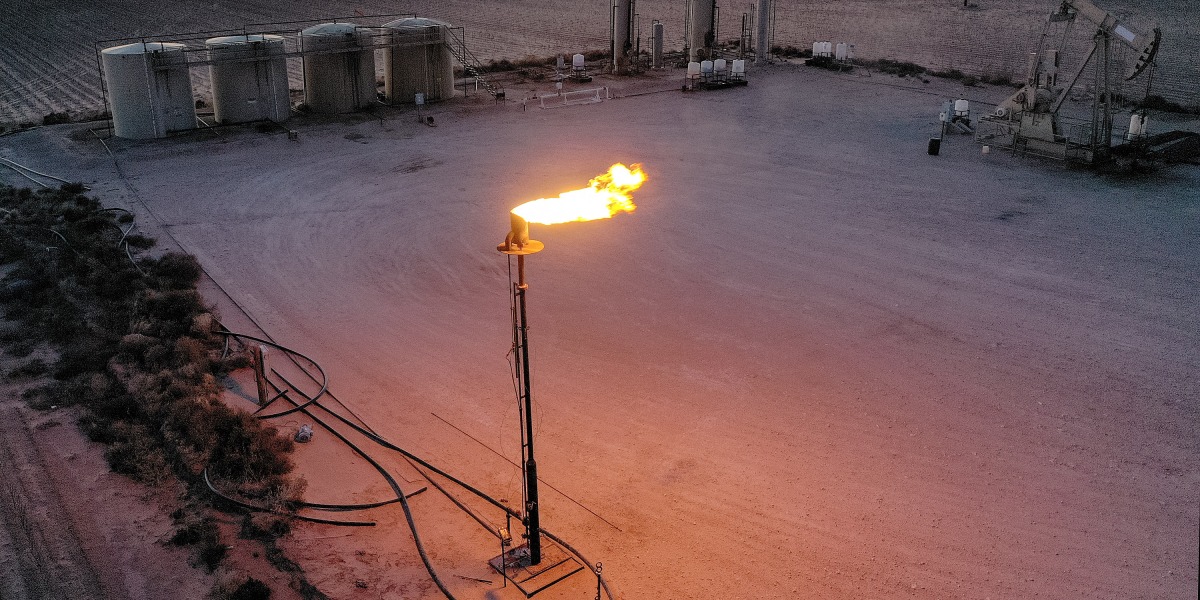
The airplane taking measurements was able to cover about 100 times more sites than previous ground surveys. By flying over active wells and pipelines in the New Mexico section of the basin, the plane detected 1,985 methane plumes over the course of 15 months.
In addition to discovering higher levels of methane leakage than expected, the survey also identified a few mega-emitting sites. Just about 5% of the plumes that the plane detected were responsible for over half the measured emissions.
The findings add to calls for toughening methane regulations on oil and gas producers. At the time this data was collected, from 2018 through 2020, oil production was increasing quickly, and regulations in the area were looser than they are today. New Mexico recently passed legislation banning routine flaring of excess natural gas. Stronger federal policies are still needed to cut emissions in other oil-producing states like Texas, says Jon Goldstein, a senior policy director at the Environmental Defense Fund.
In any case, the new findings show how comprehensive surveys can shed light on methane emissions, which are often poorly understood even in major oil and gas basins like the Permian. As governments continue to target emissions, identifying problem spots can be a useful first step.






